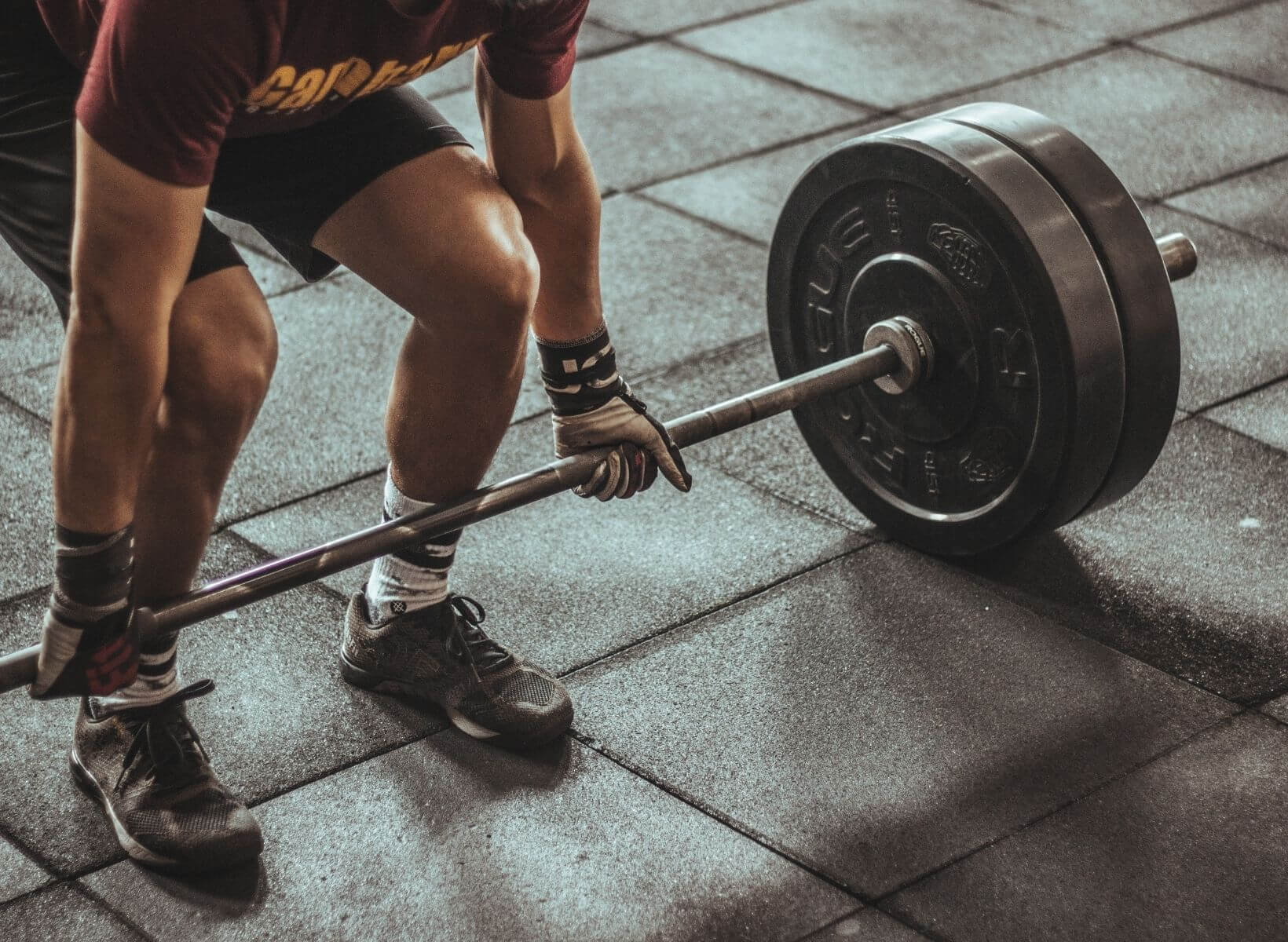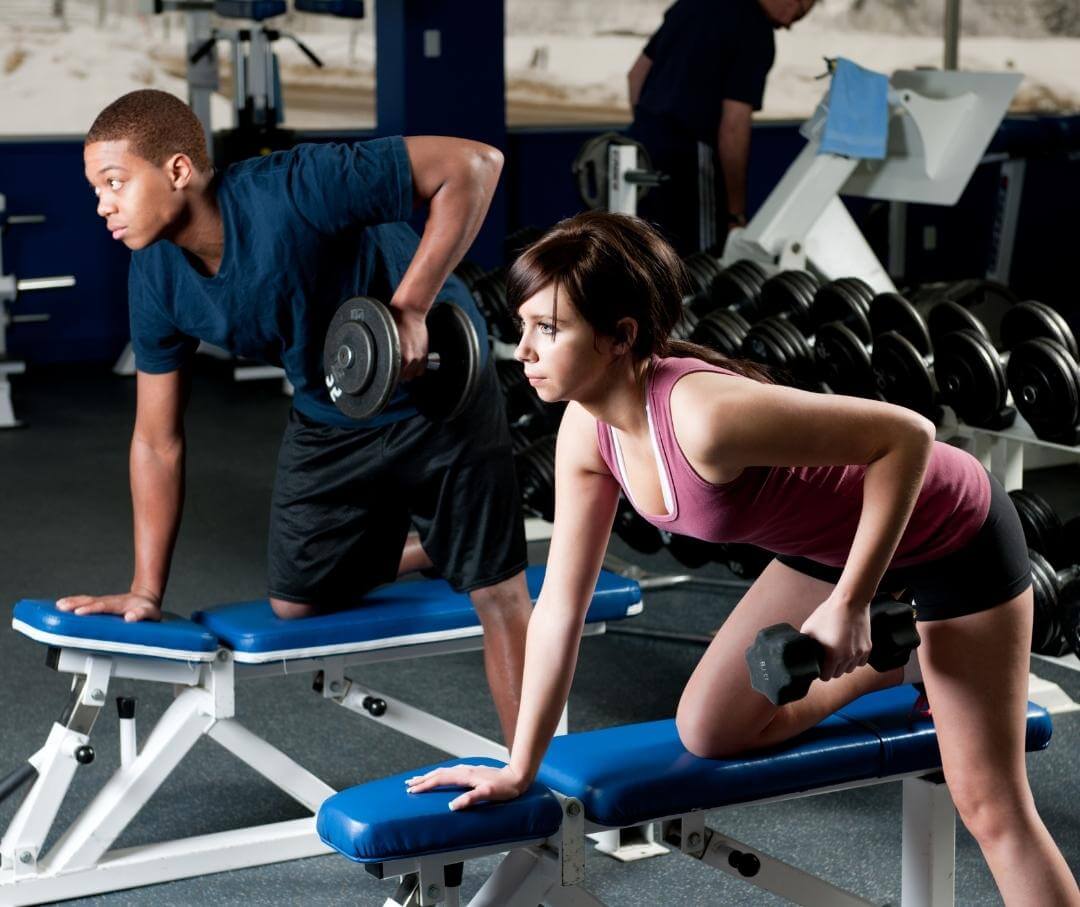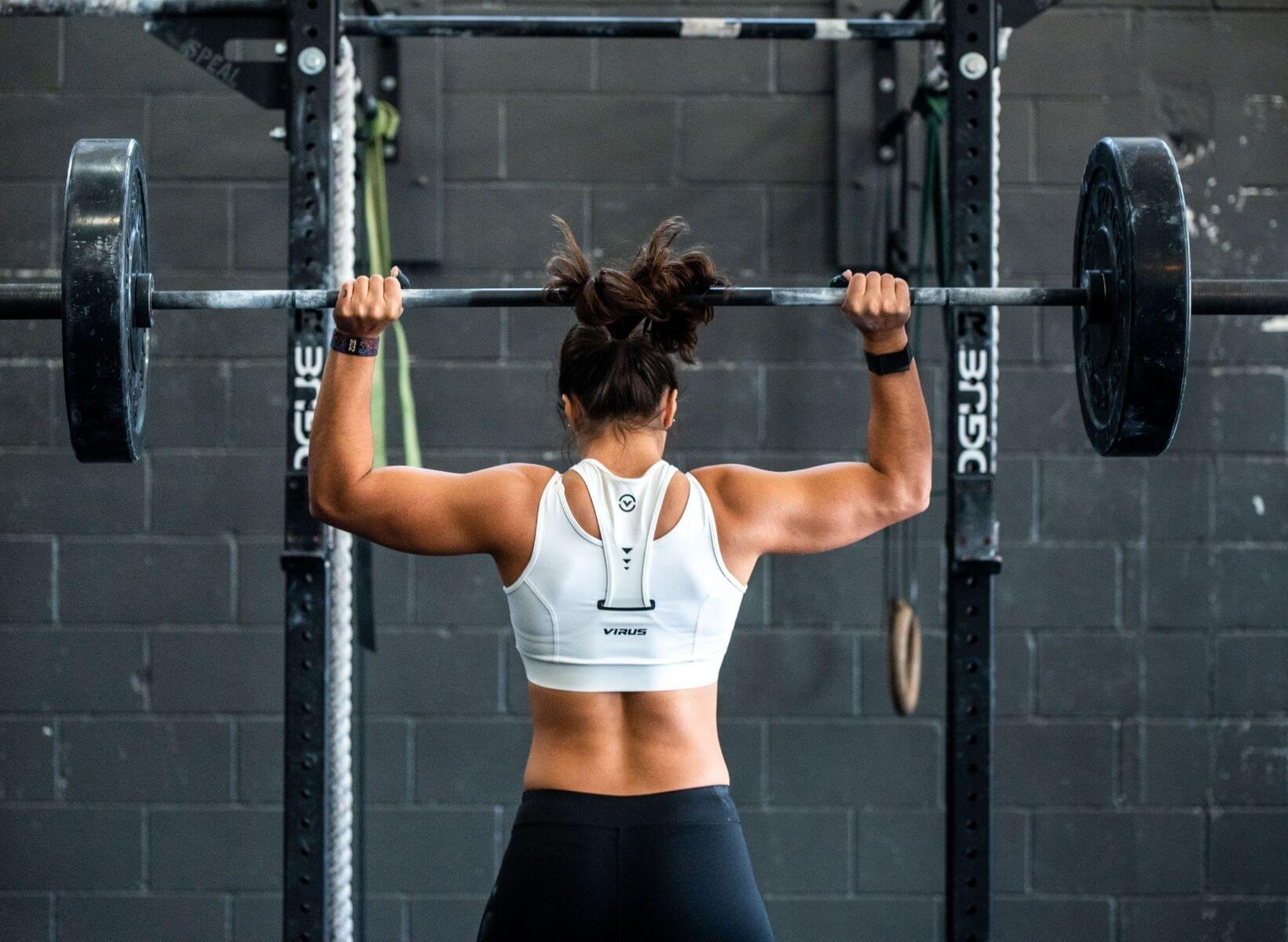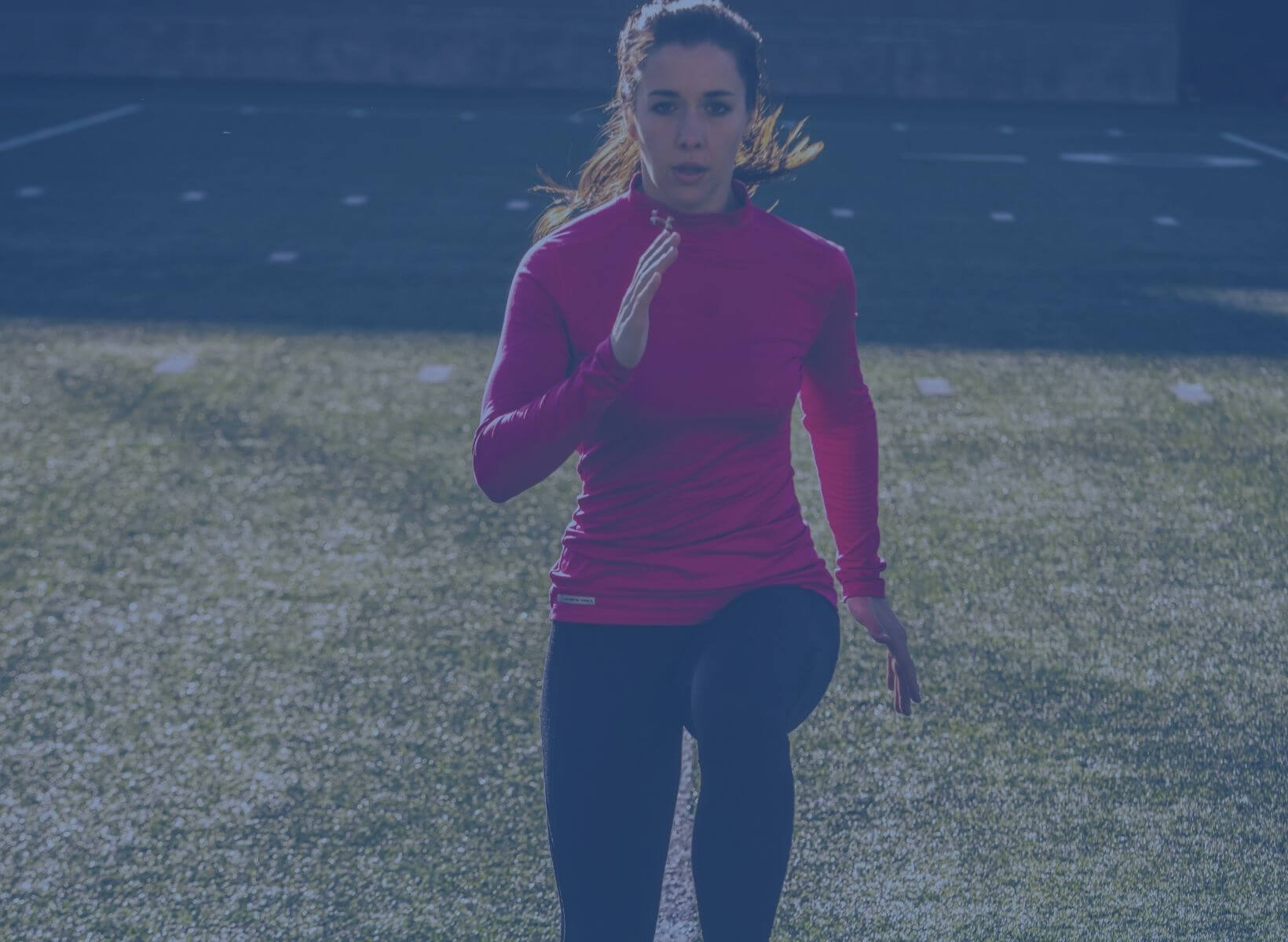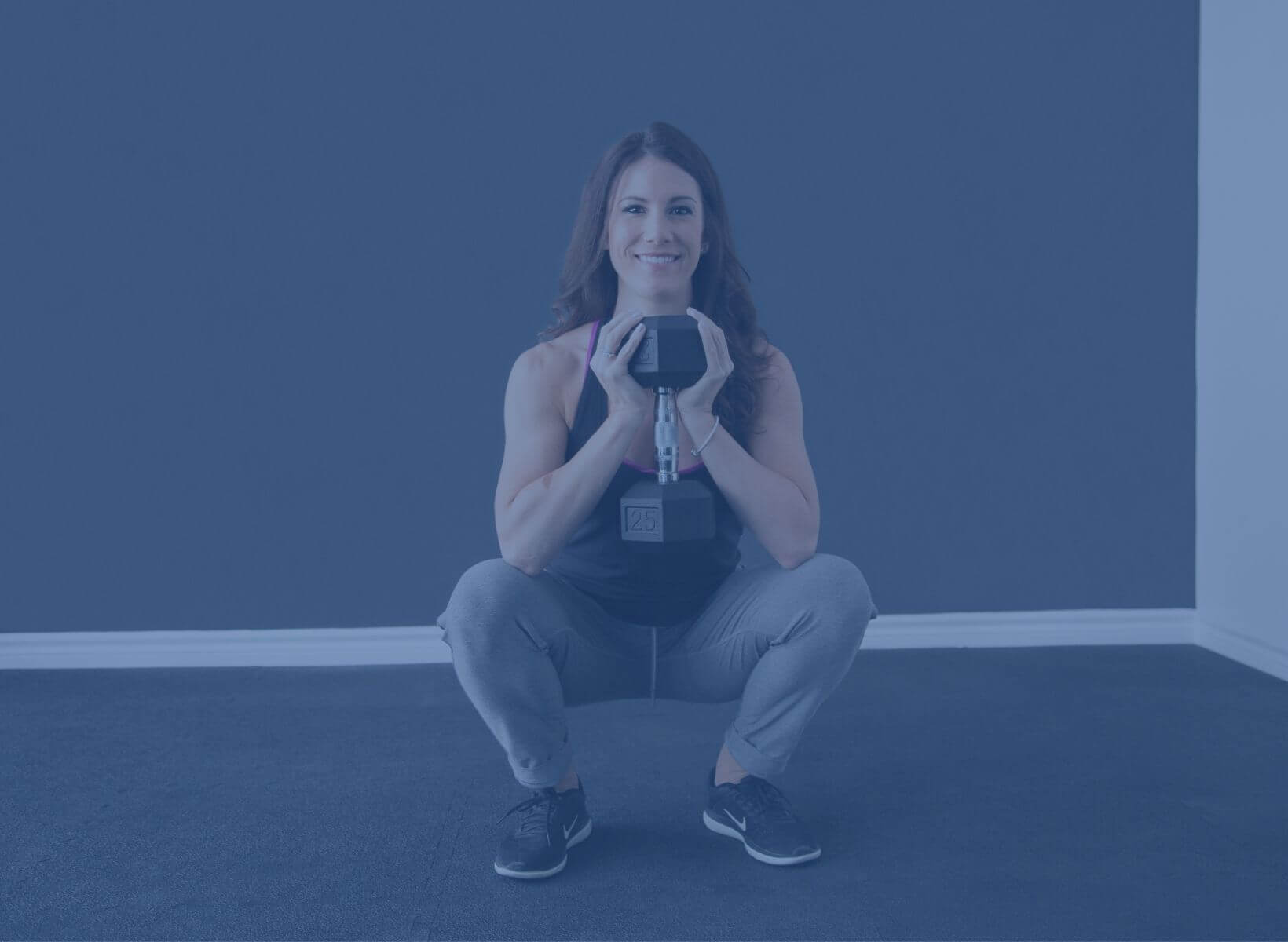With limitless ways to burn calories nowadays, from increasingly popular Peloton workouts to cult-frenzy CrossFit clubs, it can be difficult to understand which types of exercise will best support your fitness goals. However, if your goal is to lose weight and burn calories, you may want to consider lifting weights.
Mistakenly written off in the past as an activity reserved for bulk-seeking bodybuilders, weightlifting is now gaining mainstream popularity.
Weight lifting is associated with plenty of health benefits besides its traditional purpose of building muscle—one of which is the ability to burn calories during and after your exercise sessions.
To sift out weightlifting from its calorie-burning contemporaries, this article uncovers how weightlifting can help you burn excess energy and body fat; it also compares weightlifting with other popular methods for burning fat, such as cardiovascular and weight-bearing exercises.
What Is Weightlifting?
Weightlifting is a type of exercise performed by repeatedly lifting heavy objects, such as barbells, to strengthen your muscles. Weightlifting can also be called strength training, weight training, or resistance training.
Weightlifting uses resistance (dumbbells, resistance bands, kettlebells, weight machines, etc.) to contract the muscles to build the strength and size of skeletal muscles as well as increase their anaerobic endurance. Anaerobic exercise breaks down glucose in the body without using oxygen.
{{mid-cta}}
Benefits of Weightlifting
Though traditionally assumed to only offer muscle-building potential, there are plenty of reasons to incorporate weightlifting into your workout routine. Research shows that weightlifting:
- Burns calories
- Burns glucose1, including stored glycogen, without the release of insulin
- Increases bone density2
- Decreases risk of injury
- Rebuilds lost tissue associated with aging
- Increases lean body mass
- Increases metabolic rate3
- Depending on your fitness goals, certain types of exercise may be right for you, while others may be less fitting for your specific aspirations.
Overall, the number of calories that you burn from weightlifting (or another exercise) depends on a variety of factors, including your weight, gender, fitness level, and the duration and effort of your weightlifting.
Does Weightlifting Burn Calories?
One of the most common reasons that people decide to start strength training is to lose weight. While weight lifting can help build muscle mass, it also is a game changer in a weight loss journey since muscle tissue burns more calories than body fat. Muscle tissue also is more dense than fat, which means that one pound of muscle will take up less space in your body than one pound of body fat. While you may not lose weight on the scale since muscle weighs more than fat, you will notice a significant change in appearance, clothing sizes, and even energy levels.
Duration and intensity matter when you lift weights to lose fat. An exercise regimen consisting of weightlifting may vary in intensity, duration, and targeted muscle groups.
The amount of calories that you can burn by lifting weights primarily depends on two factors: what you weigh and how long you lift. According to the American Council on Exercise’s (ACE) physical activity calculator, 30 minutes of intense weight training by a 150-pound person burns 204 calories4. Thirty minutes of “normal” or moderate-intensity weight training by a 150-pound person burn 102 calories.
Keep in mind that some exercise machines, apps, wearables, or smartwatches that claim to “track your calories burned” may not be accurate5 and will present limitations6.
How Many Calories Does Weightlifting Burn?
The number of calories that you can expect to burn while weightlifting will depend on a variety of factors, including gender and weight.
The intensity of the workout also impacts the amount of calories that you burn during a workout. Lifting heavy weights will naturally burn more calories than using light weights. Other factors include the type of exercise, weight of the individual training, and the muscles utilized.
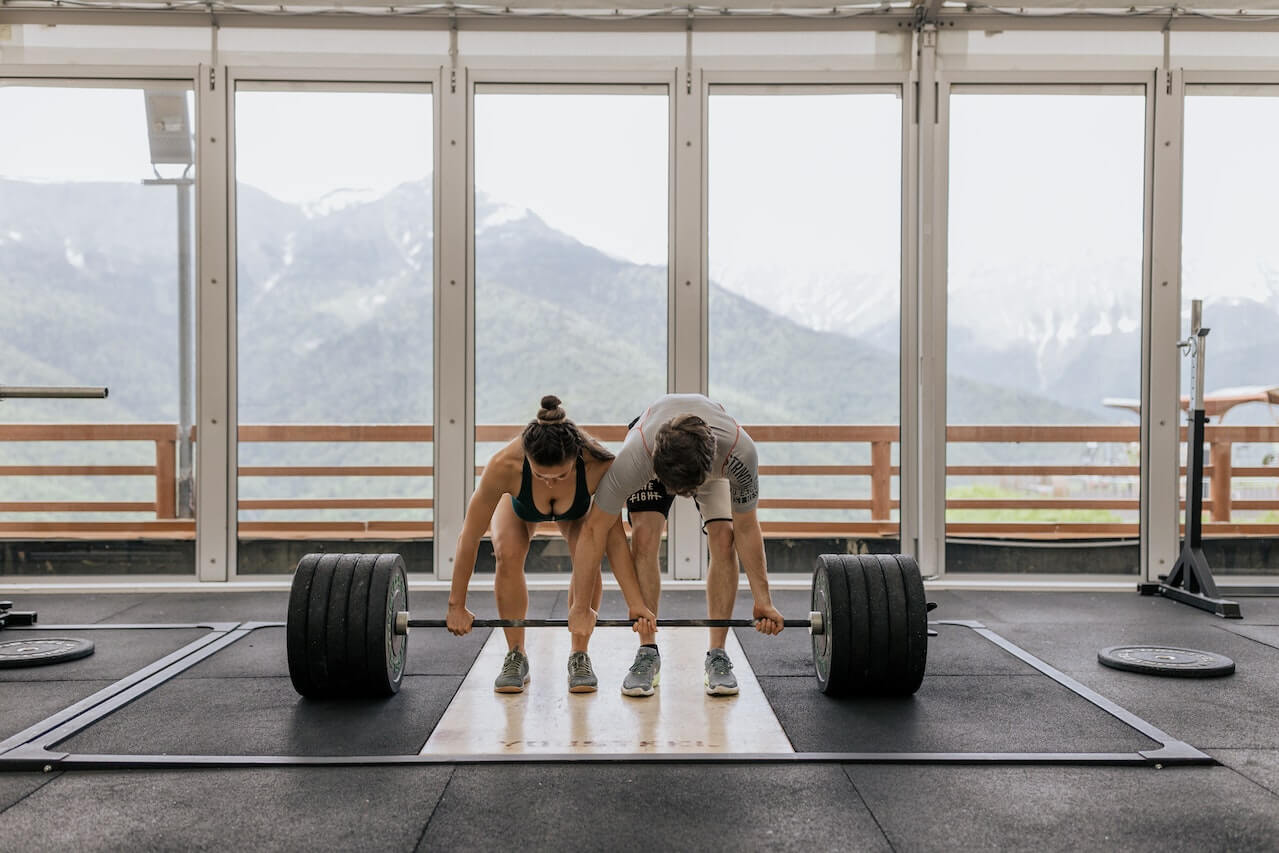
How Can You Calculate Calories Used By Weightlifting?
Here are a few guidelines for how many calories you can expect to burn during a weightlifting session:
30 mins: 68-408 calories
40 mins: 90-544 calories
50 mins: 113-680 calories
1 hour: 136-816 calories
90 mins: 204-1,224 calories
2 hours: 272-1,632 calories
*Source: ACE’s physical activity calculator. Parameters include the listed duration for a 100-pound person lifting at moderate intensity on the low end of the range and for a 300-pound person lifting at an intense effort on the high end of the range.
When strength training, you will notice that there are endless variations, exercises, and even machines that you can utilize in your routine. Some exercises will burn more calories than others. You want to aim for compound movements, such as squats and deadlifts, that utilize multiple muscle groups. The more muscle groups an exercise requires, the more calories you will burn.
The Afterburn Effect
Many people turn to strength training to lose weight due to the afterburn effect, or EPOC (excess post-exercise oxygen consumption). EPOC occurs when the body recovers after intense exercise and returns to its pre-exercise state. EPOC can last for up to 24 hours, according to several sources.
Cardio vs. Weights: Do They Burn The Same?
Some fitness beginners wonder how many calories weightlifting burns. A 30-minute strength training session won’t burn as many calories as a 30-minute cardio workout, but lifting burns more calories than cardio when you’re at rest. This is due to excess post-exercise oxygen consumption (EPOC) and internal chemical processes that attempt to return your body to a pre-exercise state by burning excess calories to restock the body’s fuel stores and repair muscle tissue.
Exercise is an excellent way to kickstart any fitness journey, no matter your goals. Some people choose between cardio and strength training when designing their workouts. Ultimately, both routines are terrific for your health, so it comes down to your preferences and goals. Combining the two exercise types can lead to muscle gain, fat loss, and improved heart health.
The following lists give you a general comparative view of the number of calories burned doing various types of cardio (aerobic exercise) according to the ACE activity online calculator. These estimates are based on a 150-pound adult. The number of calories that you burn performing any of these exercises will vary based on your exact weight, age, and intensity level.

Remember: although you may burn more calories performing a cardiovascular exercise than you would in the same time frame weightlifting, you may burn more calories at rest after lifting weights.
Calories Burned Weightlifting vs. Cardio
While being careful not to oversimplify the process of calorie expenditure, cardiovascular exercise and weight lifting are two different forms of physical exercise that tend to burn calories in different ways. Cardiovascular exercise uses the aerobic system, while weight lifting uses the anaerobic system.
In general, cardiovascular exercises tend to burn more calories per session (within any allotted time frame) than resistance training.
However, one study on healthy adults indicates that nine months of consistent weight lifting significantly increase overall metabolic rate7, allowing you to burn more calories while at rest—not just when you’re actively exercising.
Another study conducted on sedentary women found that resistance exercise had an elevating effect on the basal metabolic rate8 (BMR), or amount of calories burned while at rest.
As you build more muscle through weight lifting and resistance training, your metabolism makes adaptations to accommodate your increasing lean muscle mass. That said, you may notice that your appetite increases as you get stronger9 (add more fat-free mass). This is normal, as it takes more calories to build muscle.
If you want to lose weight, things can get more tricky. Technically, losing weight includes all body weight—water, fat mass, and fat-free mass. Eating in a caloric deficit can make you lose muscle mass in addition to fat mass; one scientific paper notes that there may be an active drive exerted by fat-free mass to increase energy intake to preserve your muscle.
Interestingly, the American College of Sports Medicine’s stance on physical activity recommendations for weight loss states that resistance training does not enhance weight loss10 but may increase fat-free mass and is associated with reductions in health risks.
Dr. William Dixon, an emergency physician, explains. “Resistance training reduces skeletal muscle work efficiency11, which may sound bad except when you are talking about calories burned at rest—then you want your body to be as inefficient as possible,” he says.
“Compare resistance training to cardio, which burns calories during the activity, but makes you overall more efficient [over time] and reduces long-term calorie burning,” Dr. Dixon notes.
The takeaway: Create a balanced exercise routine that includes both cardio and weight lifting to burn calories during activity and at rest, and improve your body composition (more muscle, less fat). One randomized controlled trial showed that aerobic (cardio) training is optimal for reducing fat and overall body mass12, but resistance training is needed for increasing lean mass.
Include protein in your meals and snacks (20–30 grams at one time, a few times a day) to build and preserve your lean muscle mass.
Tips to Increase Calories Burned While Weight Lifting
You don’t have to choose between burning calories, losing fat, and building muscle. However, it can be tricky to lift weights for the purpose of gaining muscle while also trying to shed fat (we feel you). These tips for burning fat while weightlifting can help:
Combine high-intensity interval training (HIIT) with weightlifting to burn more calories and fat.
HIIT refers to interval training that includes brief bursts of high-intensity, anaerobic exercise separated by brief (but slightly longer) periods of low-intensity aerobic rest. Not only does HIIT take significantly less time than other forms of exercise, but it also appears to offer equivalent, if not superior, benefits 13 when compared to other forms of physical activity, like jogging. Mix in HIIT cardio exercises (such as burpees, jumping jacks, high knees, mountain climbers, etc.) in between sets of weightlifting exercises for maximum calorie and fat burning.

Compound your efforts with compound lifting.
Compound lifts are weightlifting exercises that require movement across more than one joint, such as deadlifts, squats, and overhead presses. According to NSCA-certified strength and conditioning specialist Eric Velazquez, compound lifts have the ability to increase your metabolic rate faster than other weight-bearing exercises.
Perform cardio after (or during) lifting.
Performing cardio after you lift weights will help you burn more fat than cardio alone, says Velazquez. However, if you don’t want to slap an extra 30 minutes onto the end of your weightlifting workout, try to accumulate small increments of cardiovascular exercise throughout your weightlifting workout routine—add 20 pop squats, 10 broad jumps, and 15 plank jacks between lifting reps before you rest for 30 seconds.
Use metabolic conditioning
End your workout with a bang and leave your body in a state where it is burning calories long after your strength training routine is finished. By incorporating metabolic resistance training into your workout, you can actually burn more calories. Examples of movements that fall under this category include sled work, farmer’s walk, kettlebell exercises, and HITT-style exercises.
Best Calorie Burning Exercises
Below are three compound exercises that focus on building your lower body, upper body, and core muscles.
Dumbbell Thrusters
This exercise targets your quadriceps, hamstrings, glutes, shoulders, and core. The only equipment needed is a pair of free weights. Before performing this exercise, make sure you pay attention to your form to prevent injuries.
1. Stand with your feet shoulder-width apart and hold your dumbbells in front of your shoulders.
2. Squat down until your thighs are parallel to the floor. Keep your chest up, core engaged, hips back, and inhale as you squat.
3. Put pressure on your heels, push yourself back up, and exhale as you press your arms up.
4. Bend your arms, return to the starting position, and repeat the exercise.
Push-Ups
This exercise is a perfect addition to your upper body workouts, as the movement targets your chest, shoulders, abdominals, and arms. The best thing about this exercise is that there are endless variations, and no equipment is required. Below are steps on how to perform a classic, general push-up.
1. With your legs extended back, place the hands below the shoulders, slightly wider than shoulder-width apart.
2. Start bending your elbows and lower your chest until it’s just above the floor. Keep your head in line with your torso and your torso in line with your hips.
3. Push back to the starting position while exhaling. A 1-second push, 1-second pause, and 2-second down count is ideal.
4. Repeat.
Kettlebell Swings
This exercise targets your glutes, quadriceps, hamstrings, and core. You can also utilize a dumbbell in place of a kettlebell if needed.
1. Stand with your feet shoulder-width apart, your toes pointed slightly outward, and hold a kettlebell with both hands.
2. Open your chest, roll your shoulders back, and keep your spine aligned. Engage your core, inhale, squat, and bring the kettlebell between your legs.
3. Stand up, exhale, and swing the kettlebell up to about chest height.
4. Return to the squat position and repeat for the duration of the set.
- Item 1
- Item 2
- item 3
Topics discussed in this article:
References
- https://journals.physiology.org/doi/full/
- https://www.ncbi.nlm.nih.gov/pmc/articles/PMC4836564/
- https://journals.physiology.org/doi/abs/
- https://www.acefitness.org/education-and-resources/lifestyle/tools-calculators/
- https://mhealth.jmir.org/2019/3/e11889/
- https://journals.sagepub.com/doi/full/
- https://pubmed.ncbi.nlm.nih.gov/25293431/
- https://digitalcommons.wku.edu/cgi/
- https://www.nature.com/articles/s41430-018-0146-6
- https://pubmed.ncbi.nlm.nih.gov/19127177/
- https://pubmed.ncbi.nlm.nih.gov/30260099/
- https://pubmed.ncbi.nlm.nih.gov/23019316/
- https://bjsm.bmj.com/content/51/6/494
- https://www.urmc.rochester.edu/encyclopedia/content.aspx
- https://www.omnicalculator.com/sports/calories-burned
- https://www.ncbi.nlm.nih.gov/pmc/articles/PMC3942638/

